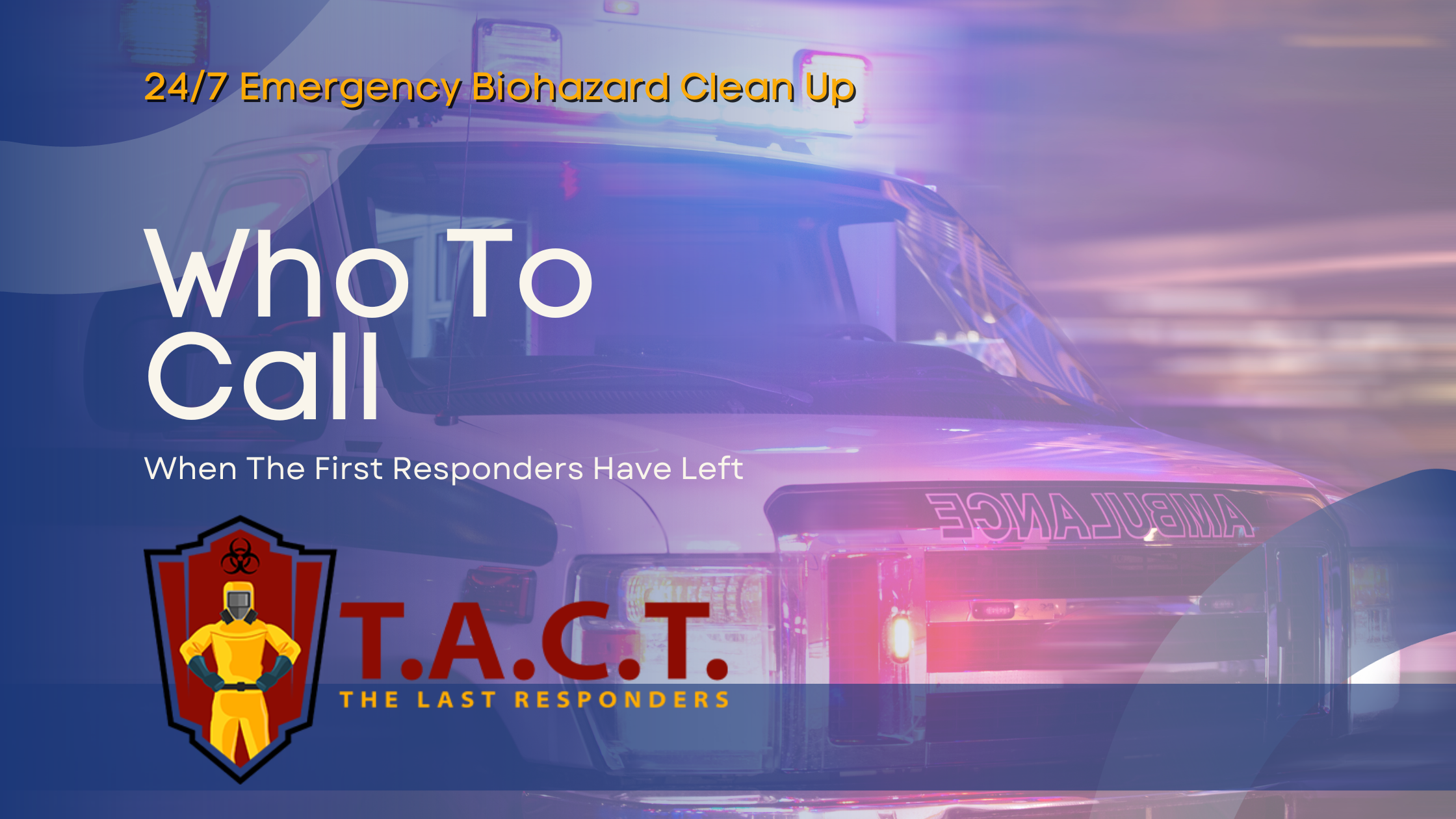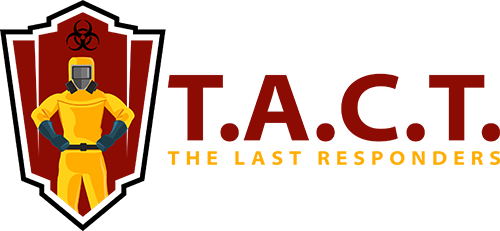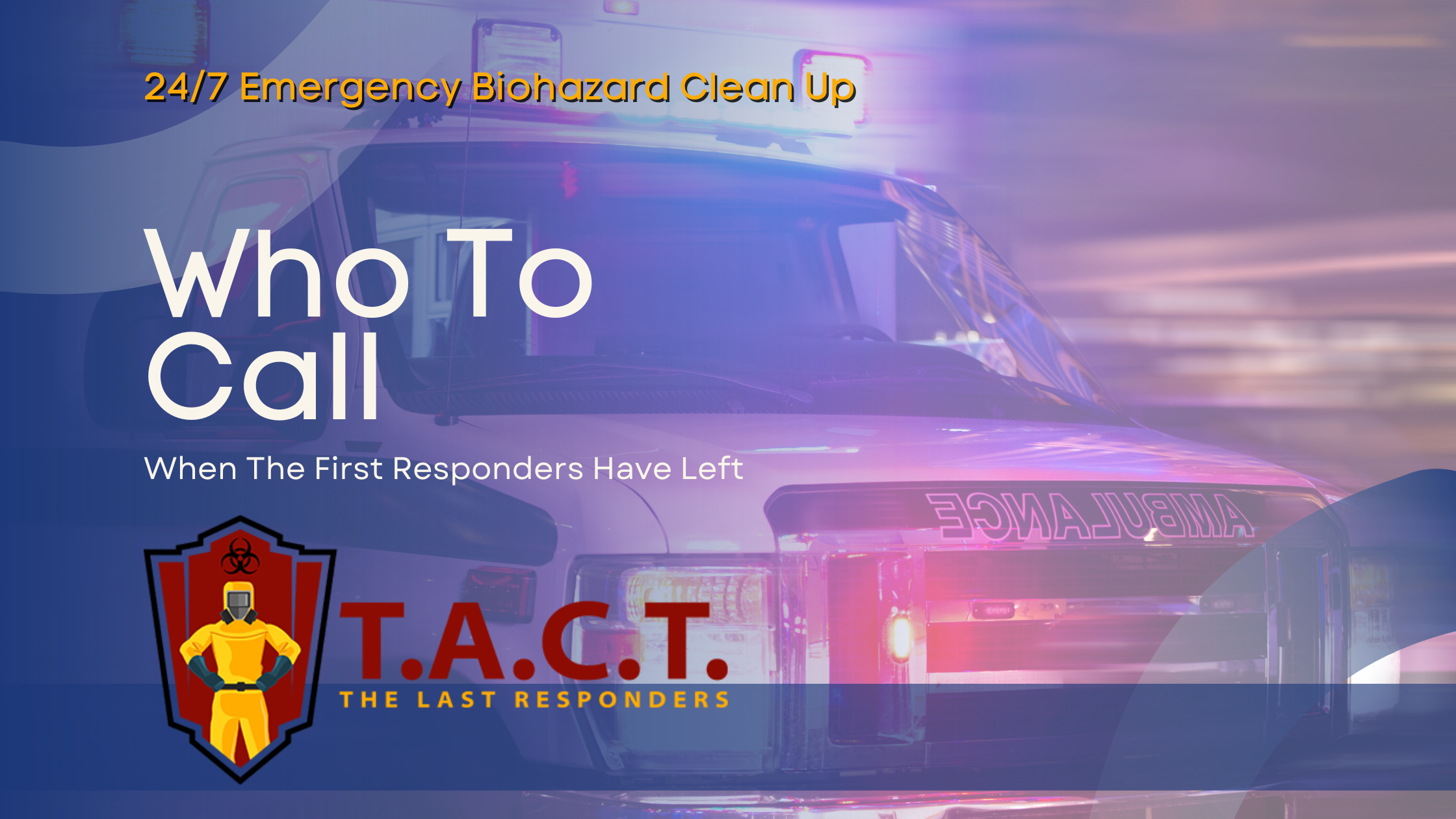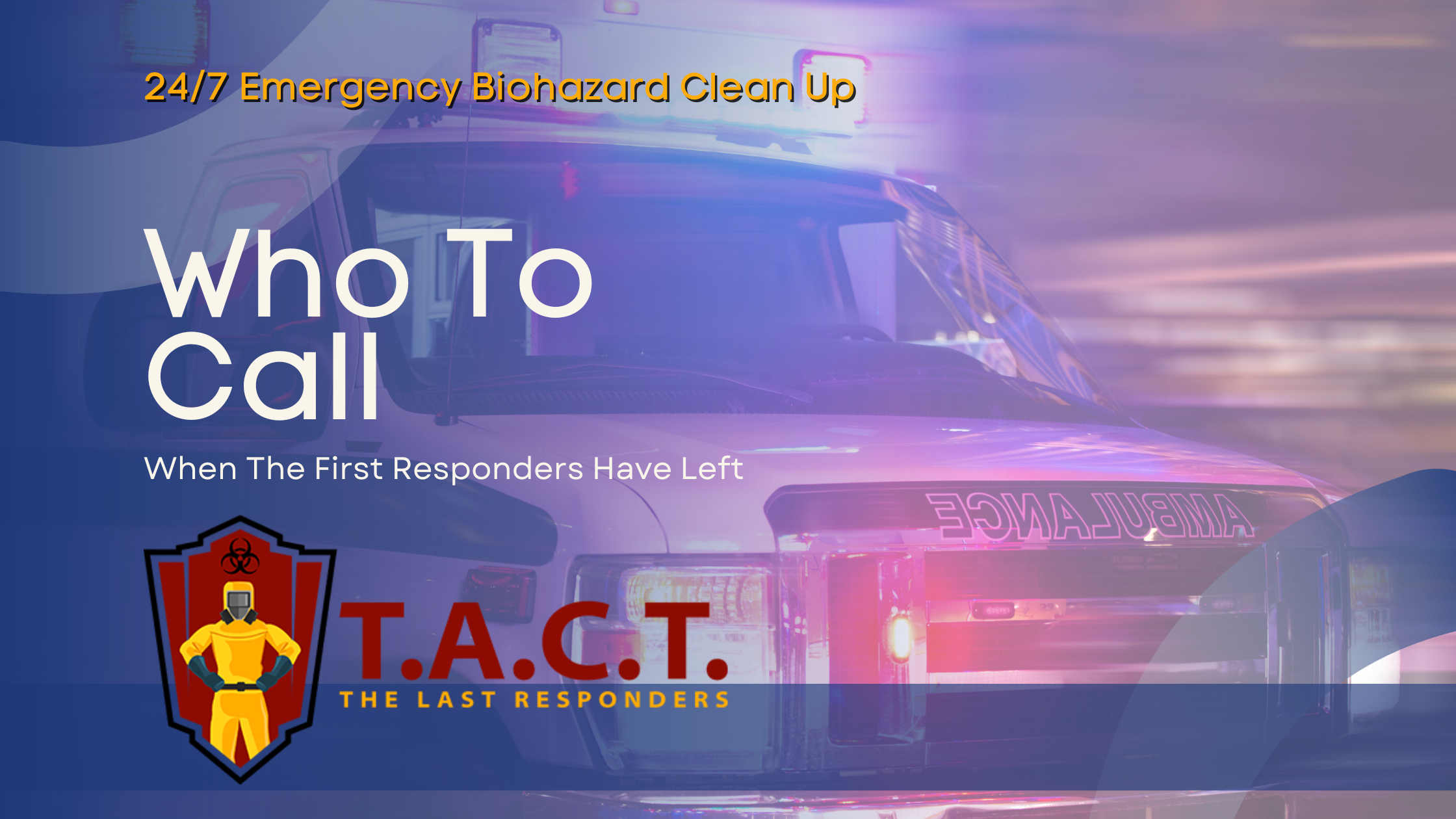Mold remediation and removal

Understanding Mold Remediation and Removal: Essential Steps for Safety
Introduction to Mold
Mold growth is a common problem in homes and buildings, causing concern for health and property - it thrives in damp environments with high humidity levels.
Mold spores are naturally present indoors and outdoors, making total mold removal impossible - the focus is on controlling and managing mold levels.
Understanding the difference between mold removal and mold remediation is crucial for effective mold management and prevention of future mold infestations.
Mold remediation involves identifying and addressing the root cause of mold growth, such as water damage or moisture control issues.
Professionals use specialized equipment and techniques to remediate mold and restore indoor air quality.
Mold Inspection
Mold inspection is a key step in the mold remediation process, identifying the extent and severity of mold infestation.
Inspection helps determine the type of mold present, such as green mold or black mold, and the necessary removal techniques.
Mold inspection also identifies potential sources of moisture, such as leaks or water damage, that contribute to mold growth.
A thorough inspection is essential for developing an effective remediation plan and preventing future mold growth.
Professionals use various methods, including visual inspection and air sampling, to detect mold and assess the situation.
The Mold Remediation Process
The mold remediation process involves several steps, including containment, cleanup, and prevention, to ensure safe and effective mold removal.
Containment is critical to prevent the spread of mold spores to other areas of the property, using techniques such as sealing off affected areas.
Cleanup involves the removal of mold-infested materials, such as drywall or carpet, and disinfecting surfaces to prevent further mold growth.
Prevention is also a key part of the remediation process, addressing the root cause of mold growth and implementing solutions to prevent future infestations.
The remediation process also includes restoration of damaged areas, such as repairing walls or flooring, to return the property to a safe and healthy condition.
Health Risks and Safety Precautions
Mold exposure can trigger allergies, asthma, and other health issues, making it essential to take safety precautions during the remediation process.
Professionals wear personal protective equipment, including masks and gloves, to prevent exposure to mold spores.
Indoor air quality is also a concern, and air filtration systems may be used to remove mold spores from the air.
Residents may need to vacate the property during remediation, especially in cases of severe mold infestation or toxic mold.
It is crucial to address health risks and take necessary precautions to prevent further exposure and ensure a healthy environment.
Mold Removal Techniques
Mold removal techniques vary depending on the type and severity of mold infestation, as well as the affected materials.
In some cases, mold can be cleaned and disinfected, while in others, removal of mold-infested materials may be necessary.
Professionals use specialized equipment, such as HEPA vacuums and air scrubbers, to remove mold spores and prevent further growth.
The goal of mold removal is to restore the property to a safe and healthy condition, with normal mold levels and no signs of infestation.
Techniques such as encapsulation may be used to seal mold that cannot be removed, preventing further growth and spread.
Prevention and Maintenance
Prevention is key to preventing future mold growth and infestations, addressing the root cause of mold growth.
Regular inspections and maintenance can help identify potential moisture issues before they lead to mold growth.
Solutions such as improving ventilation, reducing humidity, and fixing leaks can help prevent mold growth.
Residents can also take steps to prevent mold growth, such as cleaning and disinfecting surfaces regularly and addressing any water damage promptly.
By taking proactive measures, property owners can reduce the risk of mold infestation and ensure a healthy and safe environment.
Professional Mold Services
Professional mold services are essential for safe and effective mold remediation, providing specialized equipment and expertise.
Professionals have the training and experience to identify and address the root cause of mold growth, developing an effective remediation plan.
They use specialized equipment and techniques to remove mold spores and prevent further growth, restoring the property to a safe and healthy condition.
Professional mold services also provide guidance on prevention and maintenance, helping property owners reduce the risk of future mold infestations.
By hiring a professional mold remediation company, property owners can ensure a safe and effective remediation process.



